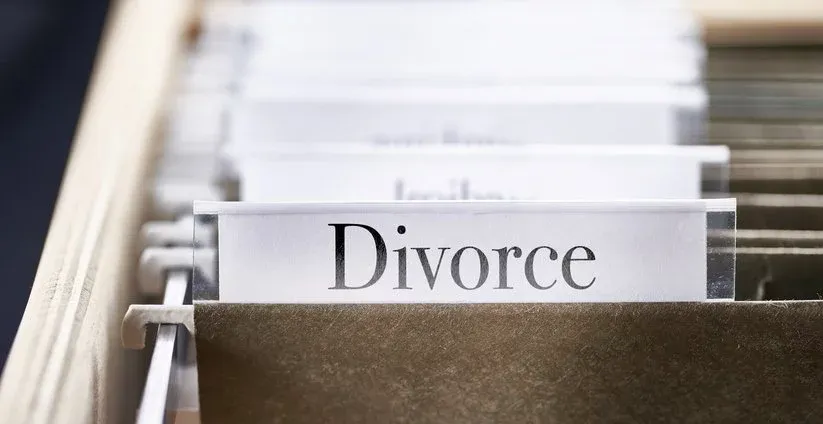
If you’re about to go through a divorce or still deciding if divorce is right for you, it’s important to understand the basic stages of the typical divorce process. When we know that a divorce is pending, understanding the different stages and steps can be helpful. Having a fear of the unknown can make divorce seem unmanageable or overwhelming. Taking the time to learn about the divorce process can create a sense of calmness and control. Understanding the divorce process can also help you to be more organized and prepared. Below you’ll find a summary of each stage in the typical divorce process.
Stages of the Divorce Process:
Trial Separation
While a trial separation doesn’t occur in every divorce case, it’s a very common pre-divorce step. Many couples will conduct a trial separation to test the waters and see if a divorce is right for them. In some cases, couples will go through counseling together or separately during the trial separation phase. Sometimes couples realize that they just needed some time alone and end up reconciling. Sometimes couples realize that they’re better off apart. The trial separation is recommended for any couple that isn’t one hundred percent sure that a divorce is right for them. A couple might choose to legally separate, which is different than a divorce. A legal separation basically means that they’re still married, but they choose to live apart. Couples will choose an arrangement like this for a variety of reasons, such as insurance or child custody.
Filing a Petition
The next stage of the divorce process is when one person files for divorce. Filing for divorce is also called filing a “complaint for dissolution of marriage”. You can file alone and fill out all of the necessary documents by yourself, or you can hire an attorney to help you through this stage. While it is possible to file the petition for divorce alone, it’s always recommended to have an experienced attorney assist you through each stage in the divorce process. This is the stage in the divorce when one person states the reason why they’re filing for divorce. Even if it’s considered a “no-fault” divorce, you have to state a reason, such as “irreconcilable differences”.
Serving the Divorce Petition
Serving the divorce papers or divorce petition to the other person is the next step in the divorce process. This is when the divorce process can slow down. If the spouse served with the divorce papers (also referred to as the respondent) is hard to locate or if they disagree with the divorce, it can make the process much more difficult. An attorney can help you to hire a professional server to locate and serve the papers. If your spouse refuses to sign, you may have to follow through with a contested divorce process. When the respondent signs the necessary paperwork, the official divorce proceedings begin. At this stage of the divorce process, the spouses are not allowed to make any major moves, such as relocating with the children, selling a property, or taking out loans.
Agreeing on Terms
This is a stage in the divorce process where things can start to slow down or even coming to a complete stop. Once both parties agree to get a divorce, you have to create terms and conditions. For instance, you’ll review all of your finances, insurance plans, investments, and properties, which are typically brought to light during the discovery phase. If there’s a lot of disagreement and conflict at this stage, it can make the divorce process very difficult. When spouses can’t come to an agreement on the terms of child custody or separation of property during this phase, they may choose to meet with a mediator to help them reach a compromise. Mediation is when spouses meet with a neutral third party (a mediator) to formulate a peaceful agreement. If they can’t reach a compromise through mediation, the divorce case will have to go to trial.
Divorce Trial
It’s always recommended for spouses to reach some form of an agreement on the terms of their divorce. This is especially true if children are involved. If a divorce goes to trial, then a judge will be the one to determine the terms and conditions. Each of the spouses’ attorneys will have to present evidence to gain what their client seeks in the divorce. This can take a lot of time and be emotionally taxing on each party. That’s why it’s important to have proper representation from an experienced divorce attorney during the initial stages of the divorce. A divorce attorney can guide you through the divorce process and aim for a compromise but can be prepared in case of a trial. Contact a trusted divorce attorney today to learn more about the divorce process and how you should move forward.




